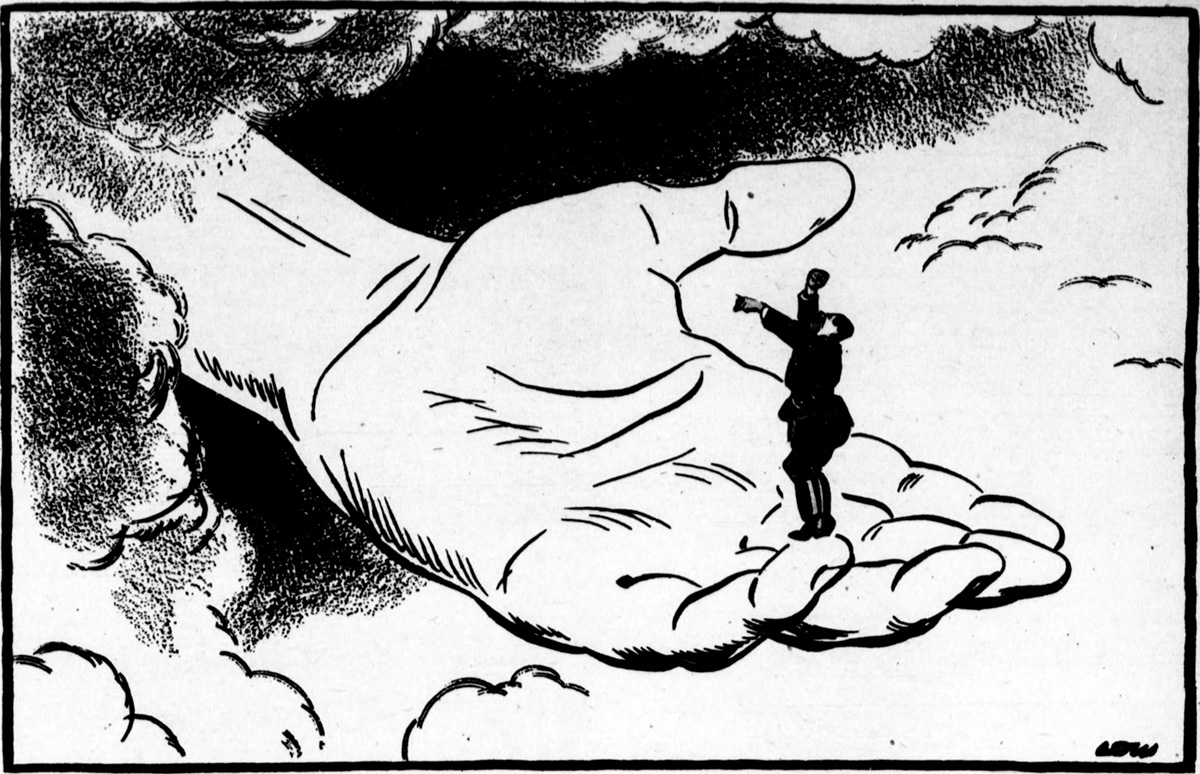
Conduct disorder is a very serious psychological problem that is manifested through disregard for the rights of other people, as well as any socially acceptable behavior. Conduct disorder is shown through violence, complete apathy toward people or animals, dishonesty, theft, and the overall antisocial behavior. Individuals with this particular disorder pose a substantial risk to others in their surroundings, and also have more chance of being arrested, hurt, depressed, or murdered. A child younger than 18 with such complex behavioral problem is labelled as suffering from conduct disorder, while in the adulthood such a person is classified as a sociopath or a psychopath. Causes
Lots of children and teenagers at some point in their lives will act out and behave aggressively, but if such a manner of conducting persists over a long period of time the person is most likely suffering from conduct disorder. Not surprisingly, conduct disorder is more prevalent in males than females and is closely associated with juvenile delinquency. However, recent years have shown a higher increase in a number of cases involving females. Juvenile delinquency is also present more among the minorities and individuals of lower economic status. It is difficult to pinpoint the exact causes of conduct disorder, and juvenile delinquency for that matter, as they range from hereditary traits, difficult personalities, and bad parenting, to living in criminal neighborhoods which welcome problem behavior. Behavioral Models
Conduct disorder is the most often diagnosed problem in both children and teenagers, and is related to psychopathology. Psychopathology is a complex personality disorder characterized by a complete lack of empathy coupled with immoral behavior, but cleverly hidden in order to appear normal, or acceptable by the society. Research using functional magnetic resonance imaging (fMRI) has shown that individuals with conduct disorder do not show brain activity when faced with watching other people in distress like average people do. Compared to those without the disorder, individuals who exhibit aggressive and destructive behavior enjoy watching pain. Further, there was no brain activity indicating appreciation of moral and social interactions in individuals with conduct disorder.
Psychosocial Treatments
As is the case with any other behavior, all adverse elements of conduct disorder are reinforced in an individual. Consequently, the most effective kind of treatment is behavioral, or learning therapy. In behavioral therapy, instead of rewarding negative and unacceptable kind of behavior, the therapist will focus on teaching the person new behaviors as well as stopping the reinforcements of adverse conduct from being effective. In addition, parents are likely to be included in the sessions so that a professional can point out and help them stop the accidental reinforcing of the negative behavior. Statistics on Conduct Disorder
Statistics on conduct disorder show that in elementary schools about 2% of boys and 7% of girls exhibit the antisocial behavior label as conduct disorder. In middle and high schools, the percentage of such children and adolescents is higher, 2-10% for girls and 3 – 16% of boys in lower grades, and 4-15% for both boys and girls in high school grades. Further, studies suggest that around half the children who exhibit conduct problems in elementary school do the same as adults. In addition, those individuals with attention deficit hyperactivity disorder are more likely to display behaviors associated with conduct disorder early on in their lives, but this does not necessarily mean that children with ADHD will eventually develop conduct disorder as well.Strategies for Dealing with Conduct Disorder
Children as well as teenagers have to be watched carefully and constantly. Parents need to be aware of the whereabouts of their child, the activities that the child is involved in as well as who are the other participants, or friends, in those activities. Every child has to learn to be respectful toward others, and the way to teach is to lead by positive example, use role play, talk, and encourage open conversations.
Anyone who is concerned that their child might be overly misbehaving and displaying symptoms of conduct disorder should consult a professional and have the child properly assessed. Also, individuals suffering from conduct disorder may not display destructive behaviors in front of a therapist right away so it is advised that the child be assessed in his or her everyday surroundings. Parents whose children have conduct disorder should always work very closely with the child`s teachers as they spend a lot of time together, and the teachers' opinion can be very helpful. Further, there are a couple of kinds of suggested approaches to therapy, such as Behavior Family, or group therapy, where the child will be learning new behaviors by interacting with the people from his or her daily life. Cognitive therapy is also known to be effective. Parents of children with conduct disorder are encouraged to participate actively in the process of therapy, and learn to reinforce acceptable behaviors by providing desired privileges for good conduct.






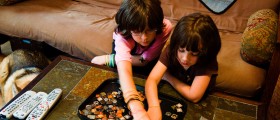

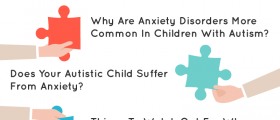
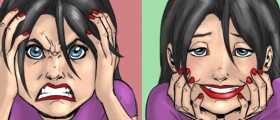


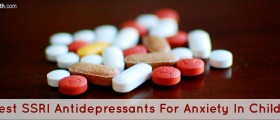
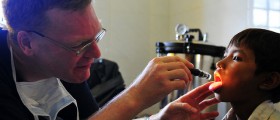



Your thoughts on this
Loading...